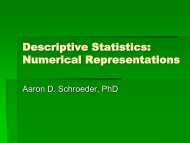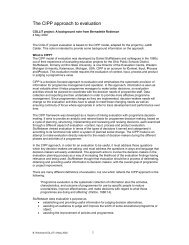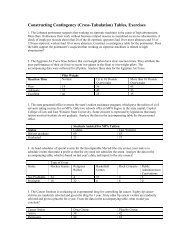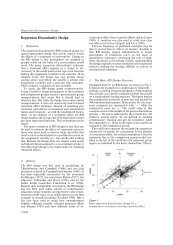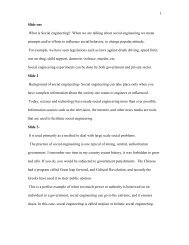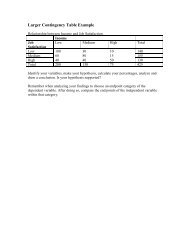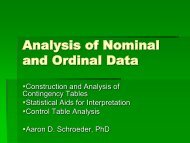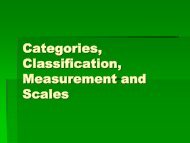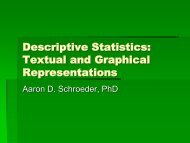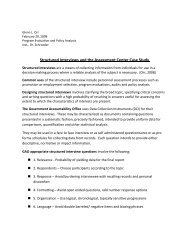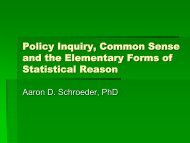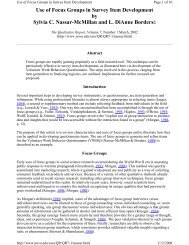The Problem
The Problem
The Problem
You also want an ePaper? Increase the reach of your titles
YUMPU automatically turns print PDFs into web optimized ePapers that Google loves.
public administrator, however, are generally not “sexy” enough to generate the same kind<br />
of visibility or interest. That is, starting with an assumption that relevant stakeholders will<br />
magically self-select into the process results in the researcher focusing on areas of publiclife<br />
which represent the exception to the public manager’s daily life, not the rule.<br />
II. <strong>The</strong> <strong>Problem</strong><br />
If the public administrator is no longer “in charge” of a defined hierarchy of his/her<br />
employees, all administered through the concepts of a clear line-of-authority and span-ofcontrol,<br />
then what is the role of the public administrator? A concept that has been<br />
floating around in the literature for some time is that the public “administrator” becomes<br />
instead a public “facilitator” between public and private stakeholder interests (Fox and<br />
Miller, 1995; Stivers, 1990). While the intuitive appeal of this position is obvious, we are<br />
left with an incomplete feeling, such as: Who are we facilitating and why? What is a<br />
stakeholder? If anyone can be at the table, how can a process even get off the ground?<br />
Given the cold, hard fact that much of the activity entailed in “getting things done in the<br />
public interest” is rather mundane and sparks very little heated controversy, how can the<br />
public administrator go about identifying those stakeholders that should be involved in<br />
such instances versus those who should not? How does (s)he avoid not having enough<br />
stakeholders at the table (resulting in a program that may not have the backing it needs to<br />
stay viable) while at the same time avoid having too many potential stakeholders at the<br />
table (potentially resulting in an inability to come to a conclusion or, even worse,<br />
resulting in a conclusion that has been swayed heavily by a party that most other parties<br />
at the table do not believe even has a legitimate role being at the table – thus resulting, as<br />
above, in a program that may not have the backing it needs to stay viable)?<br />
In order to answer these questions appropriately, we must first consider the contextual<br />
and paradigmatic transformations that are slowly taking place which justify a<br />
reconsideration of traditional methods (Guba and Lincoln, 1994). Because questions of<br />
methods are always preceded by questions which are firmly rooted in an appropriate<br />
5



